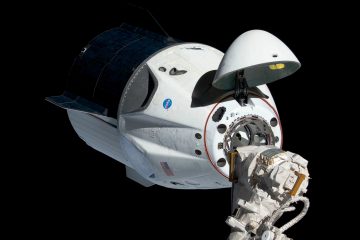Exploring the K2-18b Exoplanet: A Potential Oasis for Life

Introduction
The discovery of exoplanets continues to capture the imagination of scientists and the public alike, particularly those situated in the habitable zone of their stars. Among these intriguing worlds is K2-18b, an exoplanet that has gained attention for its potential to harbor life due to recent scientific findings. Located approximately 124 light-years away in the constellation Leo, K2-18b represents a significant focal point in the ongoing quest to understand what lies beyond our Solar System.
Details of K2-18b
K2-18b is a Super-Earth, a type of exoplanet that is larger than Earth but smaller than Neptune. Discovered by NASA’s Kepler space telescope during its K2 mission, K2-18b orbits its star, a red dwarf named K2-18, every 33 days. Its position within the habitable zone is critical; it lies at the right distance from its star to potentially support liquid water—a fundamental component for life as we know it.
Recent Discoveries
The significance of K2-18b has surged recently with the detection of what appears to be water vapour in its atmosphere. A study published in the journal Nature Astronomy utilized the James Webb Space Telescope to analyze the atmospheric composition of K2-18b, revealing the presence of biomolecule candidates such as dimethyl sulfide (DMS). DMS is often associated with biological processes on Earth, raising the tantalizing possibility of biological activity on K2-18b.
This groundbreaking discovery has opened up new avenues for research, as scientists now seek to better understand the conditions on K2-18b and the potential for life. They are analyzing other elements and compounds present in its atmosphere to ascertain whether it could support organisms similar to those found on Earth.
Conclusion
K2-18b stands as a beacon of hope in the search for extraterrestrial life. As astronomers continue to unravel the mysteries of this exoplanet, there is an increasing excitement in the scientific community regarding the implications of such findings. The potential that K2-18b may harbor life forms—however simple—could reshape our understanding of life in the universe. In the coming years, advancements in observational technology will further illuminate the mysteries of K2-18b and other exoplanets, offering profound insights into the cosmos and our place within it.









